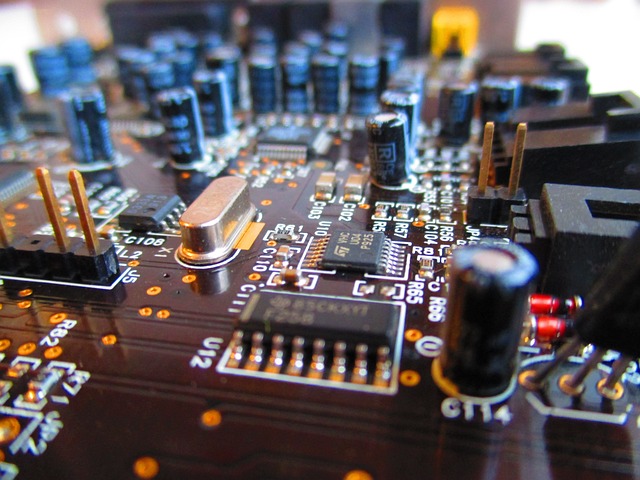
Hardware Design
Embedded System Devolopment
Desktop applications have been a staple of computing for decades, providing users with robust functionalities and tailored experiences. While the rise of mobile apps has gained significant attention, desktop app development continues to be a vital area for businesses and individuals alike.
Why Develop a Desktop App?
- Robust Functionality: Desktop apps can offer more complex features and capabilities compared to web or mobile apps, making them ideal for resource-intensive tasks.
- Offline Access: Desktop apps can work independently, providing access to features and data even without an internet connection.
- Performance: Desktop apps often deliver superior performance and speed compared to web-based applications.
- Integration with Operating Systems: Desktop apps can leverage the full capabilities of the underlying operating system, providing seamless integration with hardware and software.
- Security: Desktop apps can offer enhanced security measures, protecting sensitive data and preventing unauthorized access.
Desktop App Development Platforms
- Windows: Microsoft provides a rich ecosystem for desktop app development, including tools like Visual Studio and the .NET Framework.
- macOS: Apple’s macOS offers the Cocoa framework for building native desktop apps, along with Xcode as the primary development environment.
- Linux: A variety of development tools and frameworks are available for Linux, including Qt, GTK+, and Electron.
Key Technologies and Concepts
- Programming Languages: C++, C#, Java, Python, and JavaScript are commonly used for desktop app development.
- Frameworks: Frameworks like Electron, Qt, and wxWidgets can simplify the development process and provide a cross-platform foundation.
- User Interface (UI) Design: Creating intuitive and visually appealing interfaces using tools like Adobe XD or Figma.
- Database Management: Integrating databases (e.g., MySQL, PostgreSQL) to store and manage data.
- Networking: Implementing network communication to enable features like online synchronization or multiplayer functionality.
Desktop App Development Process
- Requirements Gathering: Clearly define the app’s purpose, target audience, and desired features.
- Design: Create wireframes, mockups, and prototypes to visualize the app’s user interface and functionality.
- Development: Write the code using the chosen programming language and frameworks.
- Testing: Thoroughly test the app to identify and fix bugs or issues.
- Deployment: Package the app for distribution on different platforms.
- Maintenance: Provide ongoing support, updates, and bug fixes.
Conclusion
Desktop app development offers a powerful way to create robust and feature-rich applications that cater to specific needs. By leveraging the right technologies and following a structured development process, you can build desktop apps that deliver exceptional user experiences and drive business value.


